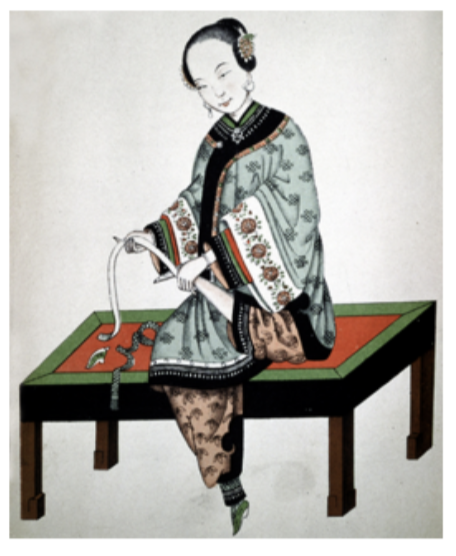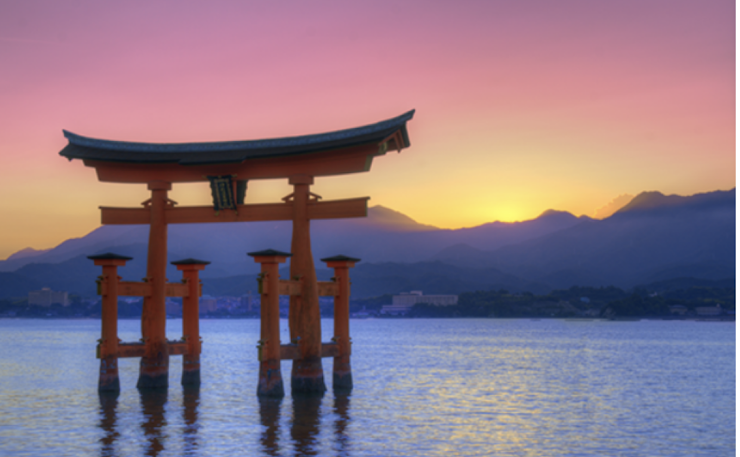Dumb ahh Global Test
1/31
There's no tags or description
Looks like no tags are added yet.
Name | Mastery | Learn | Test | Matching | Spaced |
|---|
No study sessions yet.
32 Terms
Under the Tang and Song dynasties, China’s two main classes were
the gentry and the peasantry
The Mongol rulers of China
allowed only Mongols to serve in the military
How did the Japanese Tokugawa shoguns control the daimyo?
They required the daimyo to live in Edo every other year
China under the Tang dynasty
forced Vietnam, Tibet, and Korea to become tributary states
What was usually true about the role of women in Tang and Song society?
Married women often managed the family finances
The Mongols successfully attacked China’s walled cities with
cannons
During their rule of China in the 1200s and 1300s, the Mongols
stabilized China and increased trade
Which statement describes a geographic feature that influenced the development of Japan?
The surrounding seas have both protected and isolated Japan
What best describes the role of the emperor in Japanese feudal society?
He was a powerless, though revered, figurehead
What was Guru Gobind Singh’s motivation behind giving all Sikh men the last name of Singh?
He believed that having a common name removed barriers of caste between people and promoted tolerance
What Chinese peasant leader overthrew Mongol rulers in
Zhu Yuanzhang
A tsunami, also called seismic sea wave or tidal wave, is a catastrophic ocean wave… Japan is often subject to it because…
it lies in a region known as the Ring of Fire

What can you infer from this image about the Song and Tang eras in China?
Confinement of women was enforced through the practice of foot binding
What does this excerpt from one of Li Bo's poems tell us? "You ask me why I dwell in the green mountain; I smile and make no reply for my heart is free of care. As the peach-blossom flows down stream and is gone into the unknown, I have a world apart that is not among men."
He celebrated harmony with nature

What is one of the five Sikh articles of faith (the “Five Ks”) that is depicted in this image?
turban
Following what event did Shah Jahan say these words? “Empire has no sweetness, life itself has no relish left for me now.”
the death of his wife, Mumtaz Mahal

To which religion does the Japanese shrine depicted in this image most likely belong?
Shinto
"When Genji beheld this beautiful scene from his carriage, he at once remembered it was a place he had seen before. He stopped his carriage, and said to Koremitz, who was with him as usual. . ." -Murasaki Shibuku. Which statement is true of the work from which this excerpt has been taken?
It was the world’s first full-length novel
Which statement was one of the reasons for the successful invasion of northern India by Muslim rulers in the late 1100s?
Hindu princes wasted resources battling one another instead of uniting against a common enemy
Match the terms to the descriptions: killer tidal waves launched from underwater earthquakes
tsunamis
Match the terms to the descriptions: Japanese samurai’s code of conduct
Bushido
Match the terms to the descriptions: a chain of islands
archipelago
Match the terms to the descriptions: multistoried Buddhist temples in China
pagodas
Match the terms to the descriptions: military government
shogunate
Match the terms to the descriptions: founded Yuan dynasty
Kublai Khan
Match the terms to the descriptions: warrior class
samurai
Match the terms to the descriptions: Mongol
Mughal
Match the terms to the descriptions: powerful warlord
daimyo
What Ethnicity were the leaders of the Yuan Dynasty in China?
Mongolian / Mongol
What were the two last names given to all Sikh people? What do these names mean?
Singh means “Lion” for men, Kaur means “Princess” for women
In what way did Japan’s location serve both to protect and isolate it?
Japan is made up of a bunch of islands, so it is surrounded by water. This helped protect Japan from being invaded, like when the Mongols tried to attack but failed because of storms. But being an island also made it hard for other countries to visit or trade, so Japan was a little isolated. Because of that, they developed their own culture and way of life. Still, they did borrow some ideas from China and Korea, like writing and religion.
Discuss the Shinto religion and its beliefs.
Shinto is the main traditional religion in Japan. People who follow Shinto believe that spirits, called kami, live in nature, like in trees, rivers, and animals. They go to shrines to pray to the kami and ask for good luck or protection. Shinto teaches people to respect nature and their ancestors. It’s an important part of Japanese culture and is still practiced today.